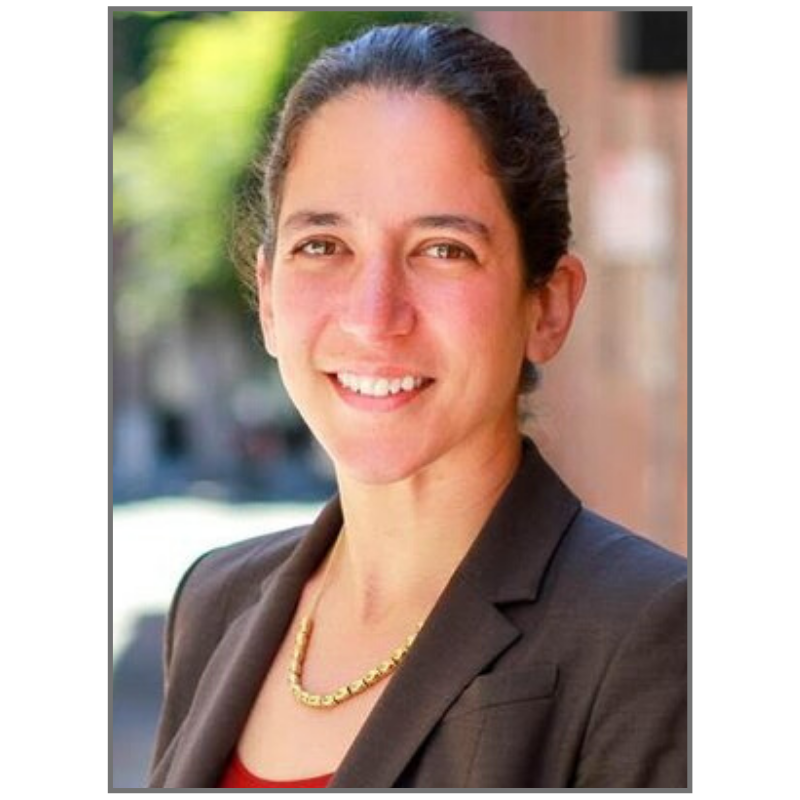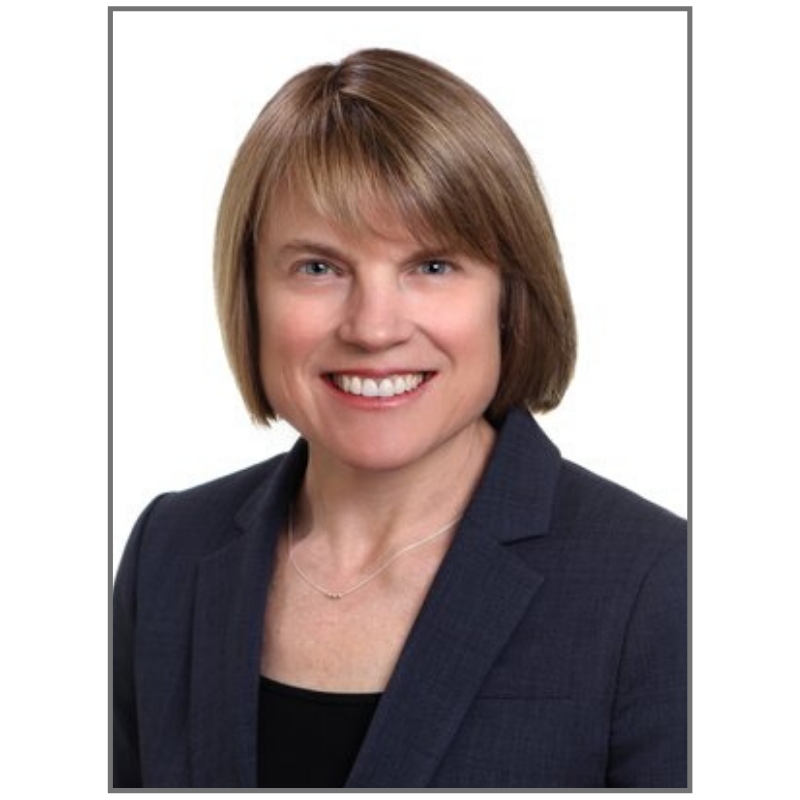Analysis of programs: As You Sow and Nia Impact Capital have eight resolutions asking for reports on diversity programs. At Gilead Sciences, JPMorgan Chase, Mastercard, MetLife, Morgan Stanley and Sarepta Therapeutics the resolution asks for an annual report “assessing the Company’s diversity and inclusion efforts,” and suggests in the resolved clause that the proposal should include:
the process that the Board follows for assessing the effectiveness of its diversity and inclusion programs,
the Board’s assessment of program effectiveness, as reflected in any goals, metrics, and trends related to its promotion, recruitment and retention of protected classes of employees.
As You Sow expects to file one more such proposal at an additional company. Additionally, a shorter proposal is pending at Fastenal, asking only that it report “assessing the diversity of our company’s workforce.”
EEO data reporting: Trillium Asset Management and Boston Trust Walden have seven proposals between them. At Choice Hotels, Hyatt Hotels and Williams-Sonoma, the proposal asks for a report by the end of the year that will include:
A breakdown of its workforce by race and gender, preferably according to the Equal Employment Opportunity Commission (EEOC) defined job categories (the EEO-1 Report); and
A description of policies and programs implemented to increase the number of minority and female employees in job categories where they are underutilized.
At Hanesbrands, Marriott International and Travelers (where it earned 50.9 percent in 2019), it is slightly different, requesting a report (with no timeline specified), that would include:
A chart identifying employees according to gender and race in major EEOC-defined job categories, listing numbers or percentages in each category;
A description of policies/programs focused on increasing gender and racial diversity in the workplace.
The Benedictine Sisters of Bourne, Texas, have resubmitted an EEO data resolution at Home Depot, where the company has been under pressure to report more fully on its workforce and to describe its affirmative action for 18 years. The resolutions routinely earned more than 20 percent. In 2018, the vote jumped to 48.3 percent; late that year, the company released figures for the breakdown of its workforce overall in 2017 by race, ethnicity and gender and provided comparable data on the board of directors and for officers and “managers and above.” The data show decreasing levels of diversity as posts become more senior but are not as detailed as the EEO-1 reporting sought in the resolution. Further, the proposal last year noted that the company paid a $100,000 disability rights settlement in 2018. The proposal this year reiterates past concerns, seeking EEO- 1 job category breakdowns, “a summary description of any affirmative action policies and programs to improve performance, including job categories where women and minorities are underutilized” and “description of policies/programs oriented toward increasing diversity in the workplace.”
Withdrawal—Trillium withdrew at Hanesbrands after the company agreed to publish diversity and inclusion initiatives, including workforce diversity data.
YOU CAN’T BREAK THE GLASS CEILING WITHOUT A PROMOTION
MEREDITH BENTON
Principal, Whistle Stop Capital
KRISTIN HULL
Founder and CEO, Nia Impact Capital
In the finance industry, there is a mind-boggling 32 percent gap between women represented in entry level roles and women in the executive suite; women make up 56 percent of entry level positions and 24 percent of executives. Finance is not an anomaly. In transportation, logistics, and infrastructure, the gap is 43 percent, healthcare’s gap is 40 percent, and consumer packaged goods’ gap is 35 percent. There is no industry without a significant valley. We know that these valleys also exist around race, ethnicity, sexual orientation, and other immutable characteristics. We are still lacking sufficient public data to understand just how pervasive or extensive these gaps are.
MAJORITY SHAREHOLDER VOTES PUT SPOTLIGHT ON C-SUITE DIVERSITY
SUSAN BAKER
Vice President Shareholder Advocacy, Trillium Asset Management
BRIANNA MURPHY
Vice President Shareholder Advocacy, Trillium Asset Management
Evidence continues to mount that ethnic, racial, and gender diversity at the highest levels of leadership is enormously important to a well-functioning organization. The gains made by corporations to diversify both their boards and senior executive ranks are noteworthy and investor engagement has played a valuable role in these advances.
Executive diversity: Last year, Trillium Asset Management started asking companies to provide more reporting on their efforts to diversify upper echelons of management. It withdrew at four companies after each agreed to provide more information on how they seek to boost women and minorities in their executive ranks. One more went to a vote at Newell Brands, earning 56.6 percent support.
In 2020, Trillium is back with five more similar proposals, at Hanover Insurance Group, IPG Photonics, Ormat Technologies, SVB Financial Group and Tractor Supply. It asks, as it did in 2019, for an “assessment of the current state of its executive leadership team diversity and its plan to make the company’s executive leadership team more diverse in terms of race, ethnicity, and gender.”
Withdrawal—Proxy Impact has withdrawn the same proposal at Dell after an agreement.






